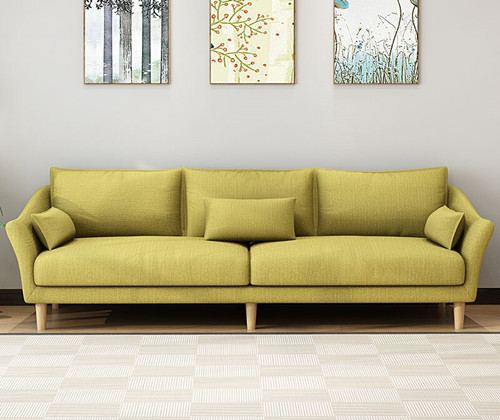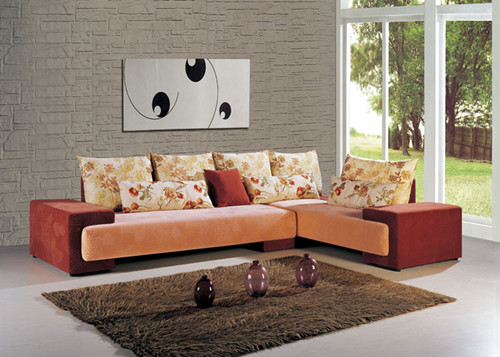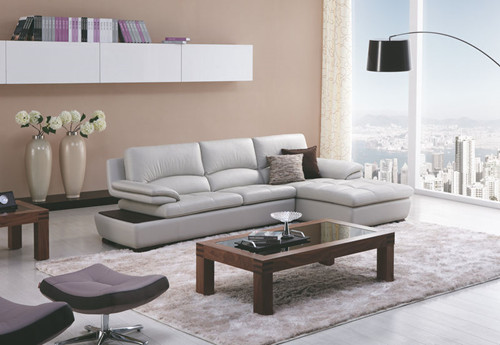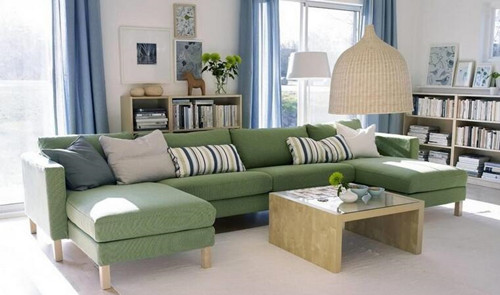If the humidity in the home environment is too high, it can lead to various inconveniences in daily life, such as the most common issue of furniture getting moldy. This is particularly problematic for soft furniture. If your sofa has developed mold, here are some effective solutions for handling the situation.
1. Identify the Mold Stains
Once you notice any signs of mold on your sofa, the first step is to take immediate action to prevent the mold from spreading further. If the area of the mold stains is small and the sofa is movable, you can take the sofa outdoors to naturally air dry. Sunlight is also a very effective method for mold removal. However, if the sofa is large and cannot be moved, you will need to adopt other methods.

2. Clean and Remove the Mold
Start by using a clean cloth to wipe the surface of the sofa where the mold stains are, trying to remove as much of the mold as possible. You can then use a suitable cleaning agent for fabric sofas, such as soapy water or vinegar, to clean the surface of the sofa and kill any remaining mold. For leather sofas, you can use a leather cleaner or vinegar. When using these cleaning agents, be sure to follow the product's instructions and perform a patch test in an inconspicuous area to avoid damaging the sofa's material. After cleaning, use a damp cloth to wipe off any residual cleaning agent and then dry the surface with a dry cloth or a hairdryer.

3. Use Professional Mold Removal Products
There are also some specialized products available for mold removal, such as mold removal sprays and antibacterial agents. When using these products, you should also follow the instructions carefully and handle them with care to avoid injury to your skin and eyes.

4. Improve Humidity Conditions
After cleaning the mold stains, it's necessary to address the cause of the mold formation: excessive humidity. A simple method is to move the sofa to a well-lit and well-ventilated area. Additionally, maintaining indoor humidity at a certain level can be achieved using a dehumidifier or the "dehumidify" function of an air conditioner. Regularly opening windows for ventilation can help improve air circulation in the room, controlling humidity levels.
5. Regular Cleaning
Finally, make sure to regularly clean your sofa to prevent mold from returning. Depending on the material of the sofa and the manufacturer's recommendations, use appropriate cleaning agents and methods to clean the sofa. Additionally, check the sofa periodically for any mold stains.

In summary, if your sofa has developed mold, the methods outlined above can help you deal with the issue. Mold on sofas is a problem that occurs in environments with high humidity, so it's essential to handle it promptly using the correct methods and products, improve humidity conditions, and clean the sofa regularly. By taking these steps, you can enjoy a comfortable, clean living environment and prevent the hassle of moldy sofas.



